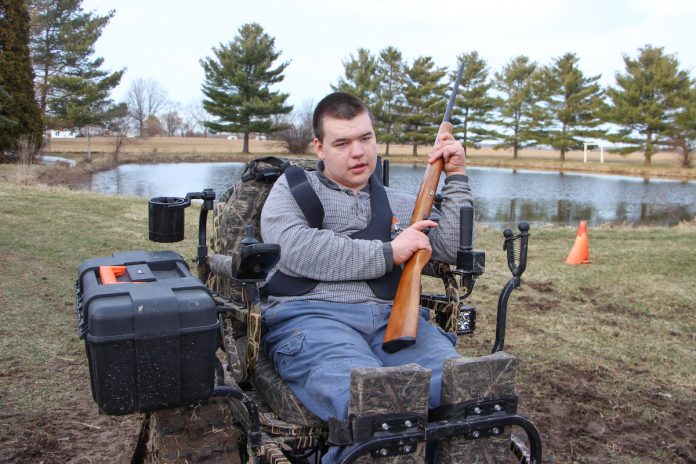
Hello again,
Time does not stand still, even if you consider middle school English and the eight parts of speech! Or when summer seemed to last forever and Christmas never got here.
We know better now. It’s been a wet start to the season and the clock seems to be ticking. As the planting window shrinks, the ticking seems to be getting louder.
I hear it: tic, tic, tic. We’ve all been farming long enough to know that time really is precious; there’s never enough hours in a day or a season.
We get behind where we think we should be and so we get in a hurry. And when you get in a hurry …
Okay Dad, we know and I’m careful but I have to pick up the pace now. It’s been raining for the last two weeks and I have to get this done before … and then, in the blink of the eye, life can change.
Taking shortcuts
Most accidents happen because we take a shortcut. We get in a hurry and we do some really stupid things in retrospect.
Maybe at the moment, it seemed like a good idea. It could have saved me an hour.
Only afterward, do we look back and say maybe that wasn’t such a good idea after all. It’s amazing to me that I can reflect back and see that more than a few times I’ve survived my own stupidity.
And do you think I’ve learned? I like to think so, but to be honest, the jury is still out on that one.
Here are some numbers from NIOSH (National Institute for Occupational Safety and Health) to illustrate what I’m talking about. Did you know the fatality rate for agricultural workers averages seven times more than the fatality rate for all workers in private industry?
More injuries
Also, the injury rate for agricultural workers averages more than 40 percent higher than the rate for all workers. Every day, about 243 agricultural workers suffer a serious lost-work-time injury. Five percent of these injuries result in permanent impairment.
And yes, a tractor is still the most dangerous piece of farm equipment, accounting for more than 80 percent of farm-related fatalities.
That said, do you know about Ohio AgrAbility? It’s part of a national program from the USDA that promotes independence for people in agriculture who want to continue to farm after experiencing a disabling condition.
Ohio State University has partnered with Easter Seals to achieve the program’s goals by providing education, resources, and technical assistance to those individuals and their families so they may continue to be successful in agriculture.
Assistance available
They can provide no cost services that include:
- On-site assessment and technical assistance to help figure how you can do what needs to be done.
- Peer support: to share ideas, solutions and support from people experiencing similar challenges.
- Secondary injury prevention: to prevent further injuries because of limitations or disabilities.
- Information and referral materials to help put the plan in place and where you can find resources.
- Training and education about farming with disabilities.
You can get more information about this program at agrability.osu.edu, or from your local FSA office.
Taking the time to be safe may be the best time saver you have.
That’s all for now,
FSA Andy












